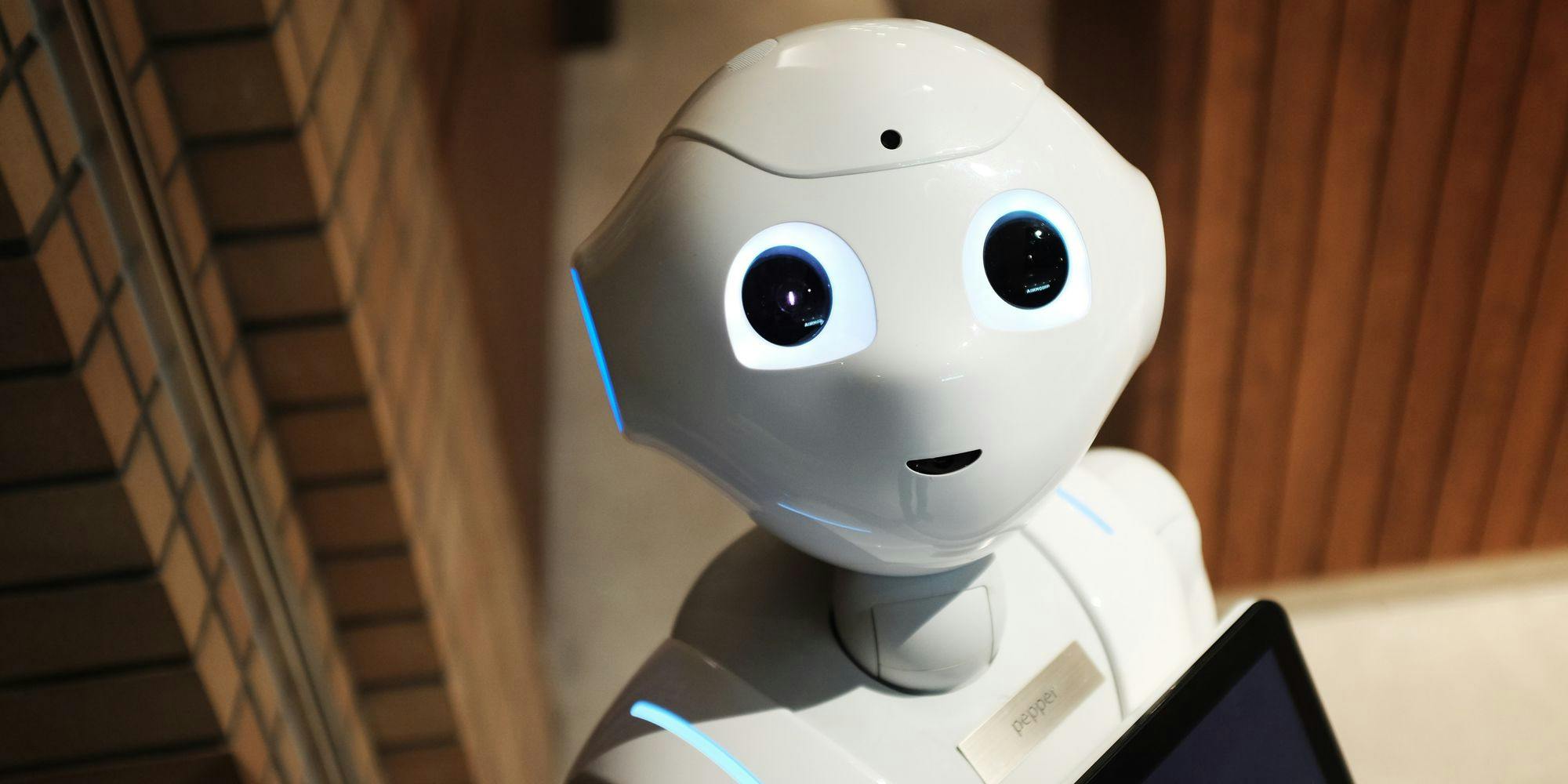An introduction to Machine Learning



Machine Learning is a subfield of artificial intelligence that focuses on the development of algorithms and statistical models that enable computer systems to learn and make predictions or decisions without being explicitly programmed. It is based on the idea that machines can learn from and analyze large amounts of data to identify patterns, make predictions, and take action.
The core principle of machine learning is to build models that can automatically learn and improve from experience. These models are trained using data, which is often labeled or categorized to provide the model with examples to learn from. The model then uses this training data to make predictions or take actions on new, unseen data.
Machine learning models can be broadly categorized into three types: supervised learning, unsupervised learning, and reinforcement learning.
Supervised learning is the most common type of machine learning. In this approach, the model is trained on a labeled dataset, where each example has input features and a corresponding output label. The goal of supervised learning is to learn a mapping function that can predict the output label for new, unseen inputs. Popular algorithms used in supervised learning include decision trees, support vector machines, and neural networks.
On the other hand, unsupervised learning involves training models on unlabeled data. The goal is to discover hidden patterns, structures, or relationships in the data without predefined labels. Clustering algorithms, such as k-means and hierarchical clustering, are commonly used in unsupervised learning to group similar data points together.
Reinforcement learning is a type of machine learning where an agent learns to interact with an environment to maximize a reward signal. The agent takes action in the environment and receives feedback in the form of rewards or penalties. The goal is to learn a policy that maximizes the cumulative reward over time. Reinforcement learning has been successfully applied to various domains, including robotics, game-playing, and autonomous vehicles.
Now let's dive into a simple machine learning model called linear regression:
Linear Regression:
Linear regression is a fundamental and widely used model in machine learning and statistics. It is a supervised learning algorithm used to predict a continuous output variable based on one or more input features. The goal of linear regression is to find the best-fit line that minimizes the difference between the predicted values and the actual values in the training data.
The simple form of linear regression, called simple linear regression, involves a single input feature and one output variable. It assumes a linear relationship between the input feature and the output variable. The equation for simple linear regression can be represented as:
y = mx + b
Where:
- y is the output variable (dependent variable)
- x is the input feature (independent variable)
- m is the slope or coefficient of the line
- b is the y-intercept
The objective of linear regression is to find the values of m and b that minimize the sum of the squared differences between the predicted values and the actual values in the training data. This is known as the method of least squares.
To train a linear regression model, we need a dataset that consists of input-output pairs. The model tries to learn the relationship between the input feature and the output variable by adjusting the values of m and b. Once the model is trained, it can be used to make predictions on new, unseen data.
The training process involves the following steps:
- Initialize the values of m and b to some arbitrary values.
- Calculate the predicted values y_pred for each input x using the current values of m and b.
- Measure the error between the predicted values y_pred and the actual values y in the training data.
- Adjust the values of m and b to minimize the error using optimization techniques like gradient descent.
- Repeat steps 2-4 until the model converges to the optimal values of m and b.
Once the model is trained, we can use it to predict new data by substituting the input feature into the equation y = mx + b. The model will calculate the corresponding output value based on the learned coefficients.
Linear regression is a versatile and interpretable model. It can be extended to handle multiple input features by using multiple regression, where the equation becomes:
y = m1x1 + m2x2 + ... + b
Linear regression is widely used in various fields, including economics, finance, social sciences, and engineering. It provides a simple and intuitive approach to understanding the relationship between variables and making predictions based on that relationship.
In conclusion, machine learning is a powerful and rapidly evolving field that enables computers to learn from data and make predictions or decisions. Linear regression is a basic yet effective model in machine learning, capable of predicting continuous output variables based on input features. Understanding linear regression provides a foundation for exploring more complex machine-learning models and techniques.